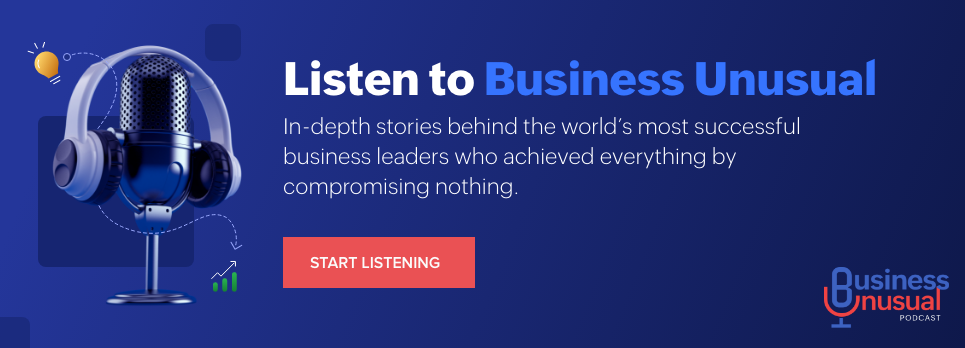By moving operations to the cloud, business leaders can unlock crucial opportunities to optimize processes and foster more agile and collaborative organizational cultures. Cloud computing is quickly replacing on-premise architecture in businesses across industries, with investments in cloud solutions expected to exceed $1 trillion by the end of 2024. However, a significant majority of executives report struggling to realize the goals of their cloud transformations.
Despite near-universal popularity, it has become clear that there is no universal formula for cloud success. Business leaders will, however, find notable commonalities in the ways cloud-savvy organizations execute their transformations and deploy their cloud-based solutions. By capitalizing on these trends, executives can better guide their organizations toward overarching transformation goals, while avoiding common implementation pitfalls.
Upskilling to address the cloud skills gap
Over 80% of IT leaders have found that inadequate employee skillsets are preventing their companies from expanding their cloud environments. Cloud-experienced IT employees have been in high demand for the last few years, leaving many companies struggling to fill essential roles in their workforces.
Reskilling and upskilling initiatives offer businesses a means to close critical skill gaps without having to pay high acquisition costs in a fiercely competitive hiring market. Additionally, training courses and professional development programs can foster relevant skillsets in seasoned employees who are already familiar with the company's operations, goals, and culture. Retaining and empowering these employees contributes to a sense of continuity, even as the company's processes and technology evolve.
Increasing focus on data governance
A centralized cloud platform makes files more broadly accessible, improving data democratization, decision-making, and cross-functional collaboration. But without clear data governance policies in place, data misuse and privacy breaches are more likely to occur. Data control in the cloud remains a primary concern among executives, and uncertainty around related processes often erodes team members' trust, making them hesitant to rely on new cloud solutions for critical operations and high-value tasks.
To effectively secure and structure their cloud environments, forward-thinking organizations are focused on designing and disseminating clear protocols for data access. This often involves discussions with various teams to determine who should be in charge of which data, and how it can be used and shared appropriately.
Tightening tech stack control with a multi-cloud implementation
The multi-cloud approach—using multiple public cloud computing and storage services within the same architecture—is becoming common practice, embraced by almost 80% of respondents to Deloitte's Future of Cloud survey.
Whether multi-cloud is a deliberate strategy or grows up organically through the ad-hoc addition of new IaaS, PaaS, and SaaS platforms, it can offer enterprises a number of tangible benefits over a single private or public cloud infrastructure. These advantages include flexibility, scalability, and the opportunity to strengthen bargaining positions with vendors. But implementing multi-cloud can also present challenges, so a comprehensive multi-cloud strategy, careful planning, and robust governance are essential for seamless operation and data security.
Promoting a unified solution
Despite the myriad ways cloud applications improve organizational agility, 88% of executives worry that their companies aren't equipped to keep pace with evolving consumer demands. This problem often arises (or becomes exacerbated) when disparate cloud strategies are in place throughout an organization, causing critical data to become siloed within one application or department.
To improve data visibility and coordination, more business leaders are embracing unified cloud solutions, which provide a centralized location for storing and accessing cross-functional data. When business leaders analyze data collected from all touchpoints, they can more easily identify trends that impact customer behavior and prepare relevant stakeholders to take timely action.
Looking forward
As cloud capabilities continue to expand and evolve, companies will need to be flexible in the ways they approach and adapt cloud-powered solutions. New advancements will create new opportunities for business growth, just as new threats will prompt new protocols for security and incident response. Organizations that foster agility within their workforces—and promote a culture of ongoing training and information-sharing—are in the best position to benefit from emerging cloud technology, and to develop strategies that embrace the full range of benefits the cloud has to offer.
Zoho offers a suite of intelligent enterprise business software, including an award-winning CRM suite, the industry's only comprehensive analytics and BI platform, and a powerful low-code development ecosystem.


